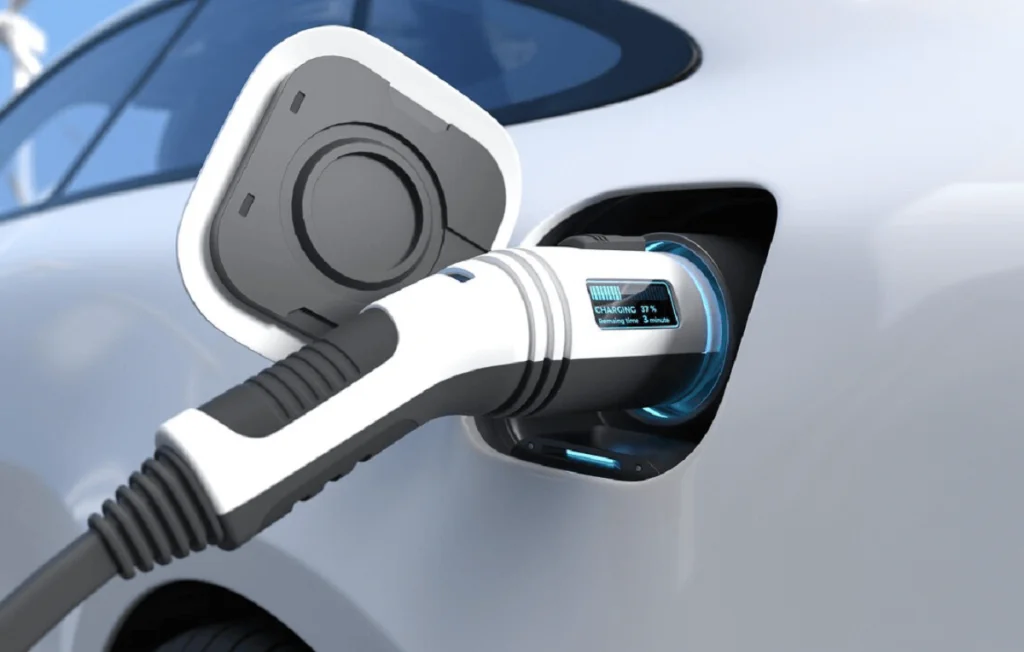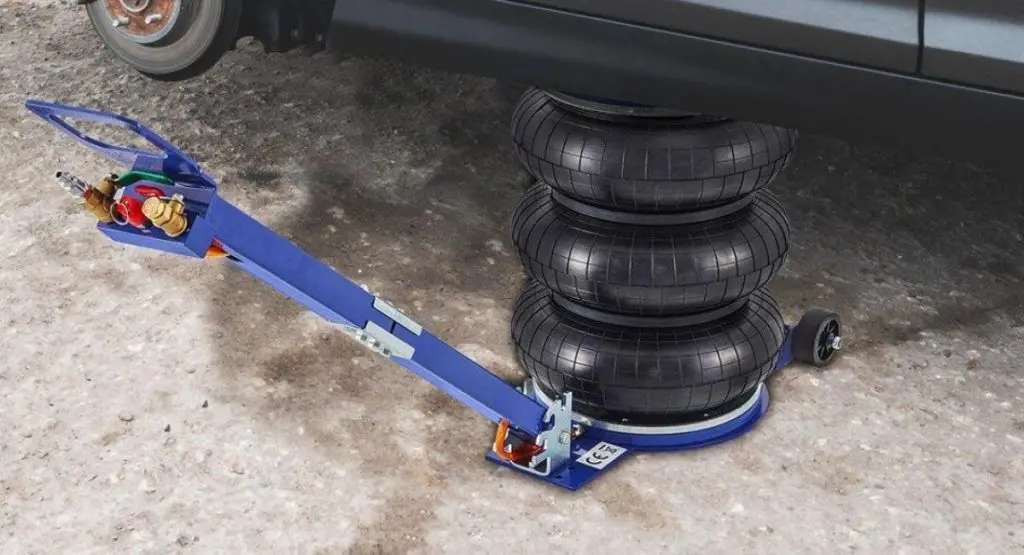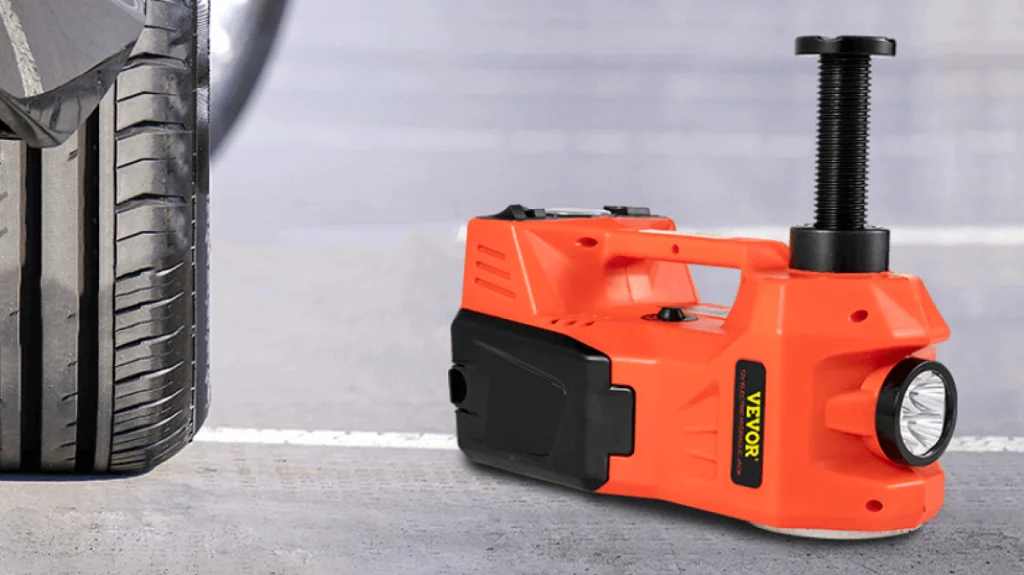EV charging basically means powering up your vehicle’s battery so that you can keep traveling around. Now, there are different charging Levels, like Level 1 vs Level 2 charging. You see, there is a huge difference between Level 1 and Level 2 charger. Level 1 is plugging into a regular household outlet, which is convenient but can be really slow. On the other hand, Level 2 is faster and more efficient.
As you know, more and more people are switching to electric vehicles these days. So, there is a growing need for efficient charging solutions. After all, in this busy and fast world, you always need to be quick on your feet.
This is where the VEVOR Level 2 EV charger comes in handy. In Level 1 vs Level 2 charger, Level 2 is the better option. It provides faster charging times and better efficiency. So if you want your EV in its top condition, keep reading to understand the Level 1 vs Level 2 EV charging better.
Table of contents
Understanding EV Charging Levels
When you plug in an electric vehicle (EV) to charge it up, you’re essentially giving it the juice it needs to keep running. The charger can be of different kinds depending on the situation. The lowest Level is the most common and charges your EV as you do at home with your regular electric outlet – a Level 1 charger.
It’s the most basic, but still, it’s very effective, especially if you are just charging during the night. After that, there is the Level 2 charger, which is faster and demands a special outlet as well, exactly like the one your dryer uses. Level 2 connectors charge faster and will give you a fully charged battery within a few hours.
What is Level 1 EV Charging?
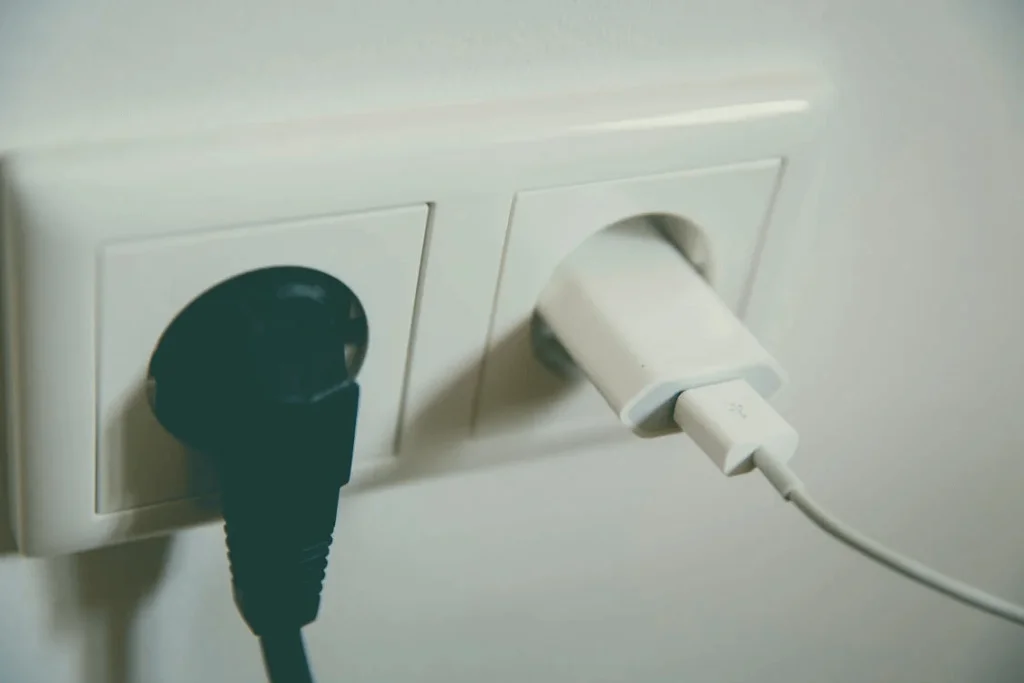
Level 1 is the entry point for EV owners who want to charge their cars at home. It could not be any easier: just plug your EV into a household electrical outlet using the existing kit, which is normally included in the car.
While Level 1 charging is not the fastest choice, since it is set up using a standard household outlet and its power output is lower compared to faster charging, it is the most widely available and reasonably cheap option. This usually brings about 2-5 miles of range per hour of charging, considering the size as well as efficiency of a car’s battery.
It’s great for overnight charging when you have plenty of time to let your car charge while you sleep. This flexibility means you can start each day with a full or nearly full battery, ready to go wherever you need to without worrying about running out of charge.
What is Level 2 EV Charging?

When it comes to Level 1 vs 2 charger, Level 2 charging is a step up in terms of charging from Level 1 charging—it is faster, more convenient, and offers more options when it comes to charging your electric vehicle (EV). It gets the electric power from a special charging station, which is wired to a 240-volt circuit, like what you already may use for a dryer or an electric stove.
One of the major advantages of Level 2 charging is its speed. Level 2 charging, which uses a higher voltage and more power than Level 1 charging, can be utilized to speed up the charging process on your EV. Generally speaking, Level 2 chargers will add about 10-25 miles of range per hour of charging, depending on the charger itself and your car’s battery size.
Thus, in comparison with Level 1 which requires slow overnight charging, a full charge will take you just a couple of hours.
Another advantage of Level 2 charging is its flexibility and convenience for the users. Whilst Level 1 chargers are generally used at homes, Level 2 chargers can be installed at homes, garages, workplaces, or public stations.
It implies that you have a variety of charging ports to choose from when you need to charge your EV as you are on the move, thus giving you more convenience regardless of the place you are visiting.
Level 1 vs Level 2 Charging: The Core Differences
There are many differences that come when it is Level 1 and 2 EV charging. And these differences add up to a very important comparison. This will help you make smarter choices with your EV charging stations. Let us understand more about the Level 1 Vs 2 charger.
Charging Time Comparison
Level 1 charging makes use of a stand regular household outlet like the ones you might be using for your toaster, TV, or any other appliance at home. A Level 1 charger can, in general, typically add 2 to 5 miles of range per every hour of charging.
That being said, if your battery is small and you don’t have anywhere in particular to be in a hurry, charging for a long time might suffice. This is perfect for overnight charging when you don’t have any time constraints, and also, it can also charge your battery in the evening when you’re staying at home.
Let us understand the Level 1 vs Level 2 charging efficiency. Since they employ higher voltage and more power, EVs can be charged much faster via Level 2 chargers rather than Level 1 ones. On average, Level 2 chargers can add 10-25 miles of range per hour of charging depending on the specific charger and the size of your car’s battery. This means you will have a full charge within a couple of hours as opposed to the overnight charging of Level 1.
Installation Requirements
Level 1 chargers are the preferred option from various EV charger options as they are inexpensive and convenient to use as you can recharge your electric vehicle (EV) at home. They are the same type of outlets you might find in your home.
You can plug them in anywhere there is a regular wall outlet. That’s why the smaller Level 1 chargers are often just ‘plugged in’ without any extra equipment or the need for specialized installation.
It is that simple: just attach each end of the charging cable either in your electric vehicle or the other in a regular outlet—and there you have it!
On the contrary, though Level 2 chargers require more measures to be successfully installed, they are nevertheless relatively easy to set up. Voltage inputs from the chargers should be connected to a 240-volt electrical circuit.
Be sure to have a qualified electrician who will be able to put up a Level 2 charger in your home. They will establish if your exhausted panel is capable of supporting the extra loading, and the specific wires to connect the charger should be fitted if the panel passes the inspection stage.
Portability and Flexibility
Level 2 chargers, such as VEVOR’s, have the advantage of their portability, which may be quite comfortable for EV owners.
VEVOR Level 2 charger is convenient and useful. Its key elements make it easy to transport to different locations as well. The compact and lightweight design is the main strength of VEVOR’s charger, which performs sufficiently well in easing carrying it through the travel. VEVOR’s charger has some differences compared to the heavier versions. However, our portability will allow you to use this device when traveling or change it to suit different circumstances.
Secondly, VEVOR’s Level 2 charger is another portability benefit due to its highly sufficient charging options. Whether we choose to use the transformer with an extendable lead or with different sorts of electric outlets or adapters, the transformer can be used anywhere.
The best part is that it can accompany you almost everywhere and you can keep on using it when there’s a power source, which could be your friend’s house, a hotel, or some random charging station.
To add to that, VEVOR’s Level 2 chargers with robust storage case or bag included to enhance moving and storing while on the go have made it even easier to transport and protect. You can use a VEVOR’s portable Level 2 charger in moving to a new apartment. It is very convenient to use both when going camping and when the peace of mind of having your charging station on the go is essential.
Cost Implications
Level 1 charging is generally cheaper to buy compared to Level 2. Normally, the charger comes with an EV and you don’t have to pay extra for it.
While Level 2 charging needs a little more startup cost. Level 2 charging requires a 240-volt power supply. This could mean that a professional hire of an electrician may be needed to add the right wiring and equipment which otherwise increases the cost drastically.
Furthermore, some homeowners may have to upgrade their electrical paneling to meet the firm’s instructions to support the higher voltage, which will hence increase the installment costs.
On the other hand, EV owners can benefit from the cheaper long-term operation costs of Level 2 charging, with faster charging times. For example, it is helpful if you need a quick recharge while you are on the go or if you have a big battery that takes a long time to fill up.
Why Choose Level 2 Charging?
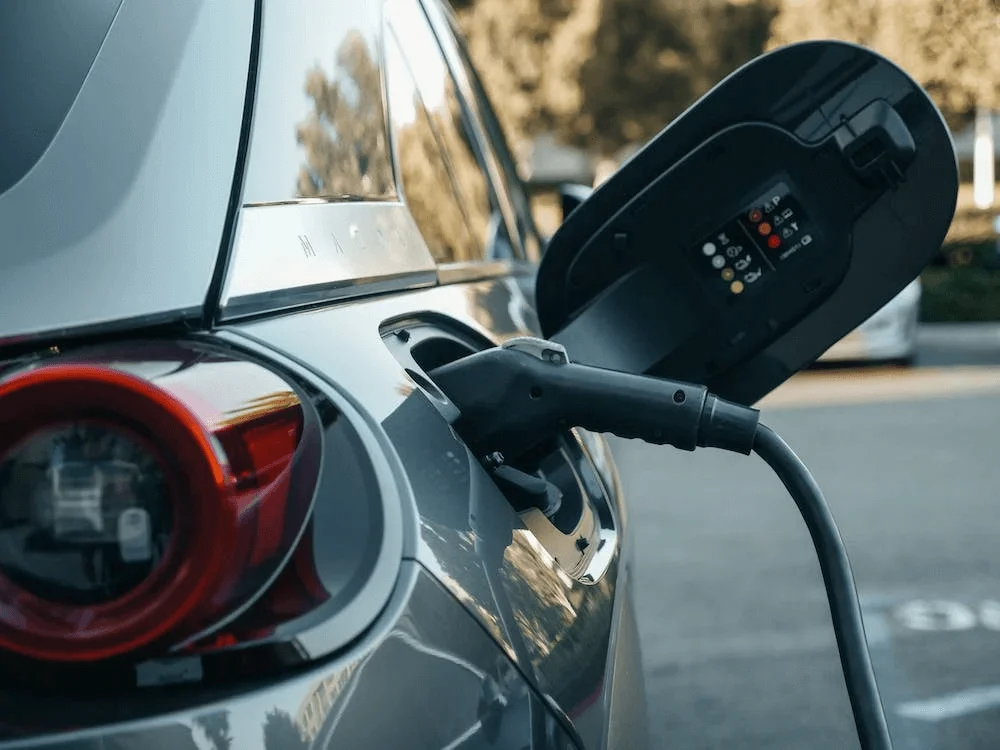
There are many benefits to choosing a Level 2 charger. From cost to convenience, it gives you a more relaxing time.
Faster Charging Times
Level 2 charging provides a good range with the hours you add to your EV battery. This is most useful when you are on the move and need to fill up quickly. However, Level 1 chargers can add only 2 to 5 miles of range per hour of charging, while a Level 2 charger will top up 10 to 25 of range per hour. The exact figures might change from one charger to another, and you need to consider the capacity of your car’s battery.
Increased Convenience and Efficiency
There is a difference between Level 1 vs Level 2 charging efficiency. Faster charging speeds mean less waiting time for your EV to charge and you can hit the road faster. Moreover, more spaces can be set up with Level 2 chargers. That is, not only at home but also at workspaces and public locations, which makes EV owners’ flexibility and accessibility greater.
Future-Proofing Your EV Charging Needs
The act of future-proofing your electric vehicle charging system means you take preventive steps to keep your charger system working and relevant as technology and infrastructure advance.
The first strategic step is an investment in a converging charging system that can support various charging standards and connectors and future advancement in electric vehicle technology, the framework will be kept up to date.
You should provide a network of charging infrastructure that can support the energy demand increase of the foreseeable future. It must also adapt to the addition of new charging points over time.
Among the measures that may be adopted by incorporating renewable energy sources, for instance, photovoltaic panels or wind turbines, into the operation of our EVs our carbon footprint will be diminished as well as long-term energy bills due to the fact, that production of electricity close to the EVs. Besides, you will be sure that power is sufficient and sustainable.
FAQs
1. What are the main differences between Level 1 and Level 2 EV chargers?
Ans: Level 1 types are like plugging your car into a regular household outlet, whereas Level 2 stations charge your car faster and require extra equipment to do so.
2. How much faster is the Level 2 charger compared to a Level 1 charger?
Ans: A Level 2 charger can be up to 6 times faster than a Level 1 charger. This depends on your EV’s battery capacity and your charger’s power output.
3. Is it worth upgrading to a Level 2 charger for my electric vehicle?
Ans: Yes, upgrading to Level 2 charger is worth it if you want faster charging times and more convenience. Especially, if you regularly use your EV.
4. How does the VEVOR portable Level 2 EV charger stand out from the other chargers on the market?
Ans: The VEVOR portable Level 2 charger stands out for its portability, durability, and user-friendly design. It is easy to carry and is compatible with any 240V outlet.
5. Will using a Level 2 charger increase my electric bill significantly?
Ans: Using a Level 2 charger may increase your electric bill slightly due to higher power consumption. But the convenience and faster charging times are worth the cost.
Conclusion
Ultimately, understanding the difference between Level 1 vs Level 2 EV chargers is crucial since it helps optimize your vehicle’s charging experience. While Level 1 is suitable for overnight charging, Level 2 is faster and more convenient. This makes it ideal for your busy lifestyle. After all, the Level 1 vs Level 2 charging efficiency can make quite the distinction.
With VEVOR’S portable EV charger, you can enjoy all the benefits. This includes rapid charging on the go and ensuring your vehicle is ready for the journey ahead. Upgrade to VEVOR and watch as you revolutionize your EV charging experience.

